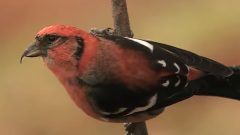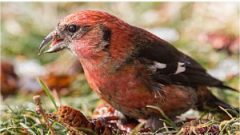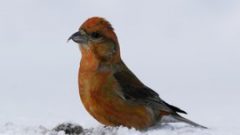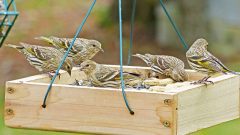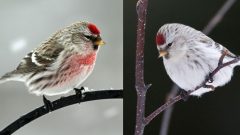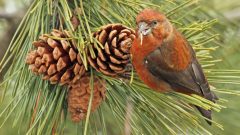A compact, medium-sized finch with slightly forked tail and heavy, crossed bill.
Relative Size
Larger than a Pine Siskin, smaller than a Pine Grosbeak.

 sparrow-sized or smaller
sparrow-sized or smallerMeasurements- Both Sexes
- Length: 5.9-6.7 in (15-17 cm)
- Weight: 0.8-0.9 oz (24-26 g)
- Wingspan: 10.2-11.0 in (26-28 cm)
- Length: 5.9-6.7 in (15-17 cm)
- Weight: 0.8-0.9 oz (24-26 g)
- Wingspan: 10.2-11.0 in (26-28 cm)



















